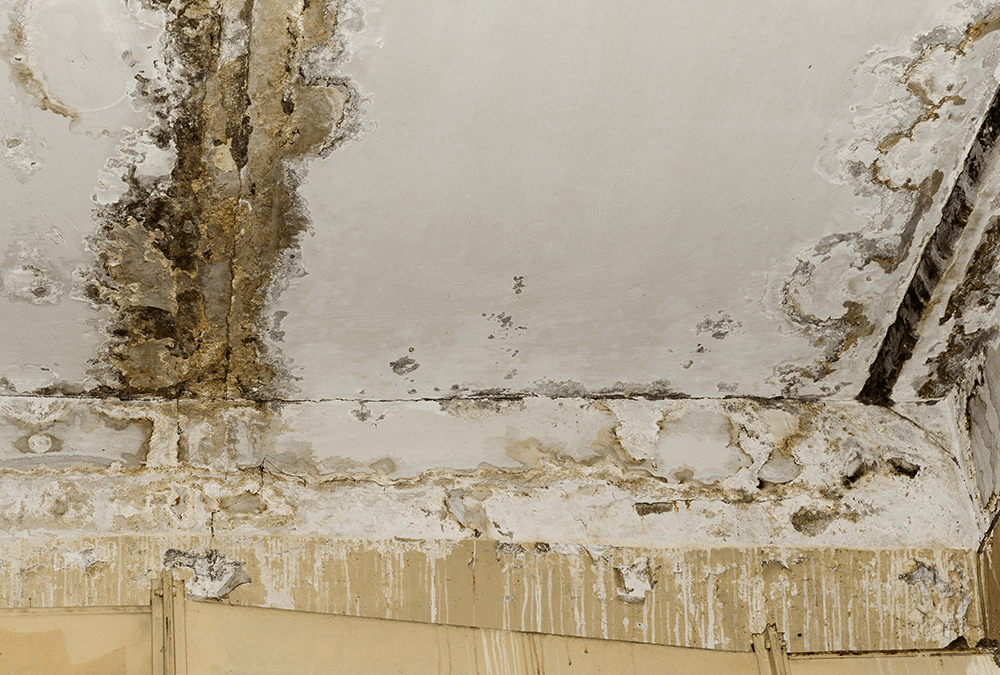Listed here in the next paragraph yow will discover a lot of worthwhile resources in relation to Common Causes of Water Damage in a Bathroom.

The washroom is very prone for damp build-up as well as prospective water damage because of the regular use of water in it. This short article provides straightforward examination strategies to aid identifying water damage threats.
The constant use of water in the restroom makes it extremely at risk for damp build-up and prospective water damage. By evaluating it consistently, you can decrease water related problems.
The complying with set of inspections is very easy to do as well as should be done as soon as in every 3 months in order to keep your bathroom healthy and to avoid potential water problems triggered by the bathtub, the shower, pipeline joints as well as plumbing, sinks, cabinets, and also the bathroom
Do not neglect executing these assessments and be complete while performing them. Remember that these easy inspections can conserve you a lot of cash by offering very early indicators for water damages
Bathtub as well as Shower
The shower and bath tub require unique attention and also maintenance. Examine the ceramic tiles and also replace if fractured. Ensure that there is no missing cement between the floor tiles. Examine and also replace fractured caulking at joints where the walls fulfill the floor or the tub. Clogged drains and also pipelines problems will certainly prevent the tub from drying out as well as might indicate severe problems below the bath tub. Speak with a specialist quickly to stop structural damages. Take notice of discolorations or soft locations around the bath tub walls as they might show an internal leakage.
Plumbing
Signs for water damages are hard to discover since a lot of pipelines are installed inside the walls.
Pay unique focus to flooring as well as wall surfaces dampness and spots as they might show an unnoticeable plumbing trouble. Check wetness degrees in adjacent rooms as well.
Sinks as well as Cabinets
Sinks and also closets are exposed to wetness as well as moisture day-to-day and also are often overlooked. Inspect routinely under the sink as well as on the kitchen counter over it. Fix any drip in the trap as it may suggest drainpipe issues. Check out the sink, sluggish draining pipelines might show an obstructed drainpipe. Change sink seals if they are cracked or loose.
The Toilet
The toilet is a susceptible water junction. Inspect the water lines as well as search for leaks around the toilet seat, in the hose pipe, as well as under the water storage tank. If you discover any type of indications of wetness on the flooring around the commode, look for leakages in the toilet edge as well as container seals.
Understand that hanging bathroom bowl deodorants enhances the possibilities for blockages.
10 TIPS TO PREVENT WATER DAMAGE IN THE BATHROOM
The average household uses approximately 80-100 gallons of water per person per day. For a family of 4, that's almost 2,500 gallons of water a week! The largest portion of this consumption comes from bathroom use. Flushing the toilet uses the most water, followed by taking a shower or bath. With that much water running through the home, water damage in the bathroom is bound to happen. Knowing how to spot signs of a water leak is essential to preventing long-term damage. This guide provides you with tips to reduce the impact of water damage on your bathroom.
CAUSES OF BATHROOM WATER DAMAGE
Pipe breaks are the most common cause of water damage we see in our daily jobs. The age of a pipe plays a large role in a pipe break as well as corrosion. Over time, the metal begins to break down, allowing water to escape. Frozen pipe breaks are also a concern in the winter months. Toilet overflows caused by paper products or children flushing inappropriate items. Degraded caulking around the toilet or bathtub can allow water seepage, sometimes behind the fixture, into the subfloor or walls. Condensation forms when the water in a pipe is cooler than the air temperature. Beads of water form on the exterior of the pipes, sometimes so much so that the water begins to drip and pool below. Sink or shower backups created by poor drainage. HOW TO PREVENT WATER DAMAGE IN YOUR BATHROOM
Inspect your toilet supply line for worn or frayed hoses and replace them as needed. Winterize your plumbing to prevent a frozen pipe break. Use vent fans to prevent condensation that can lead to mold growth. Routinely check and replace degraded caulking around your toilet or bathtub. Increase the temperature in your toilet tank and insulate your pipes during the warm summer months to keep condensation from forming. Use child safety locks on the toilets. Flush only toilet paper. "Flushable" wet wipes are actually not good for your plumbing system. Additionally, feminine hygiene products should not be flushed. Prevent water from escaping the tub or shower. Make sure shower curtains are in good condition. Inspect shower doors and replace the seal strip if necessary. Wipe up any water that accumulates on the floor and use bath mats. Water left to sit can cause damage to the tiles and flooring. Refrain from using bath products containing heavy oils to avoid a clogged drain.

I stumbled upon that entry about Common Causes of Water Damage in a Bathroom when doing research the internet. Enjoyed reading our entry? Please share it. Help others check it out. We truly appreciate reading our article about How to Repair and Prevent Bathroom Water Damage.
Go Company